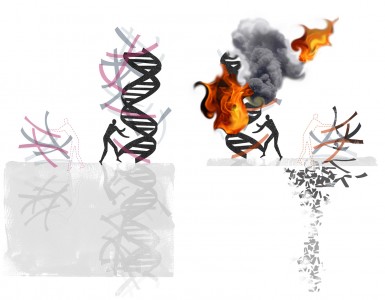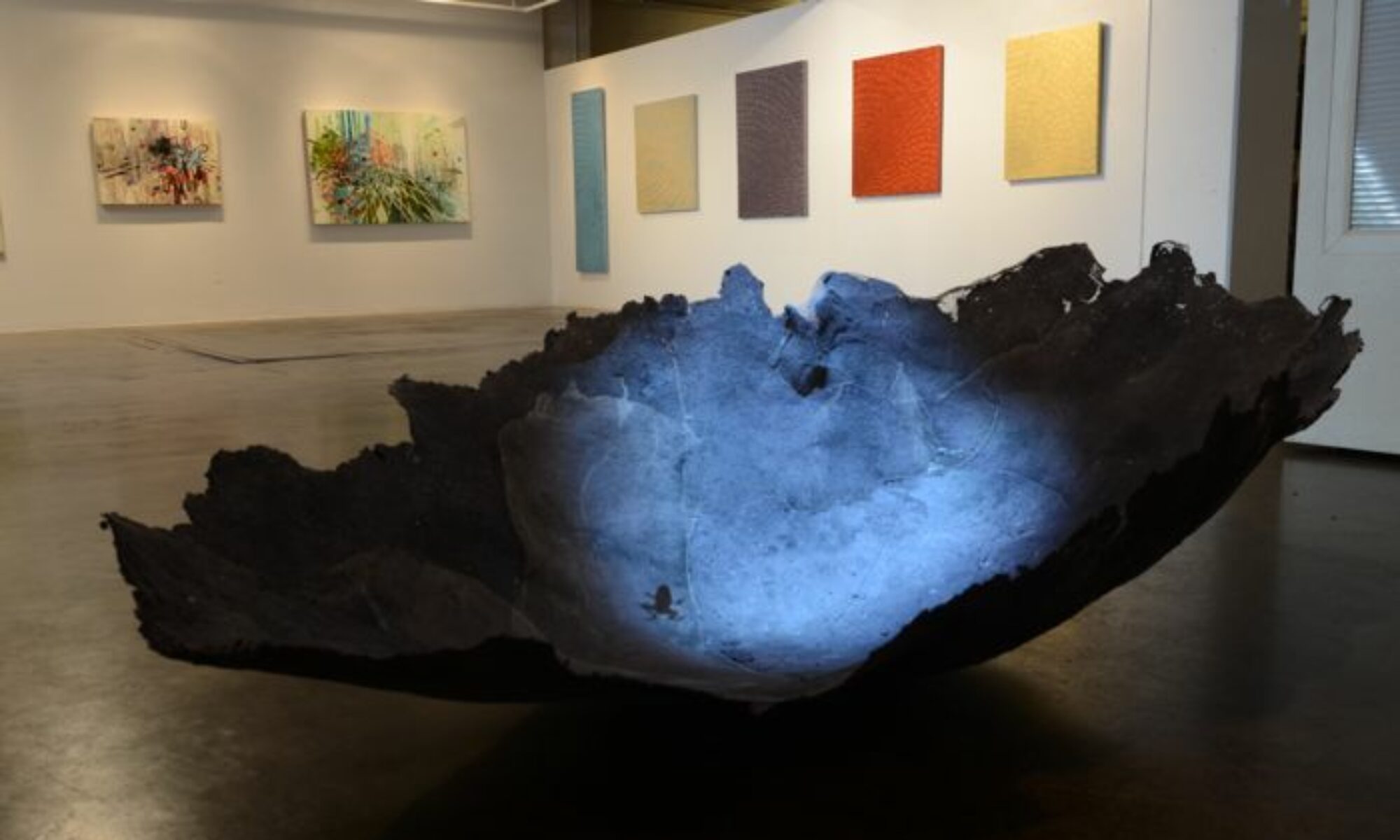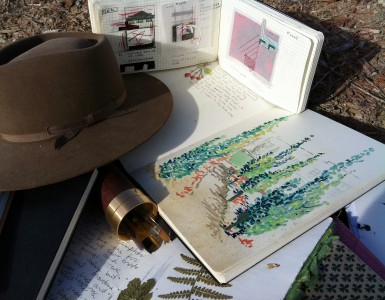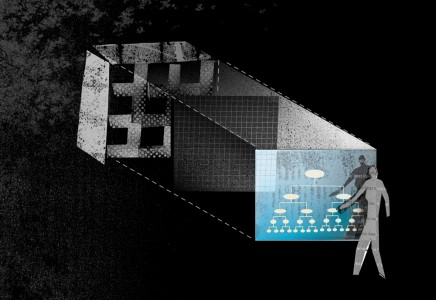Phoenix: A Constructed Story
A city’s story is constructed much like DNA. Each DNA strand is unique and contributes particular notions regarding identity-a person or a place. New York Times writer, Fernanda Santos raises the question, “How do you continue to tell a city’s story if the remnants of its past have all come down?” It is possible to tell a story if the remnants of a city’s past have been removed. The removal of buildings is a edited story. It takes both a short view and long view of design. What stays and what is removed tells a story of “what is valued” now. Both the old and new tell a story about the experience of place. What is new today will be the old one day. Phoenix is in the process of a story burn-but is it a controlled burn? Are its historical roots being supported with the right kind of new growth and conditions? Design is not just a drawing on paper. It occurs subtly on many levels. People who take a stance on social policy and the workings of foundations are in a sense architects and builders. 
Hyphenated-Design Experience
The idea of hyphenates is intriguing to me. Today, I was researching water catchment solutions for a Tucson garden and reading a food and wine article. Perhaps I was hungry; my mind wandered between design, landscape and food. When things overlap, there is change, and the resulting conditions create opportunities for design thinking. People are rarely one thing. Myself: illustrator-landscape architect, a title that I can easily hyphenate again and again. In my thesis, I researched theories from many fields and found interest in the space occupied by the hyphen itself. Even the ancient Incan technique referred to in Food and Wine Magazine article is a design idea with physical edges, terraces made to maximize water resources. Opportunities for design happens between at least two things.
http://www.foodandwine.com/articles/hollywood-canning-party-preservation-instinct


